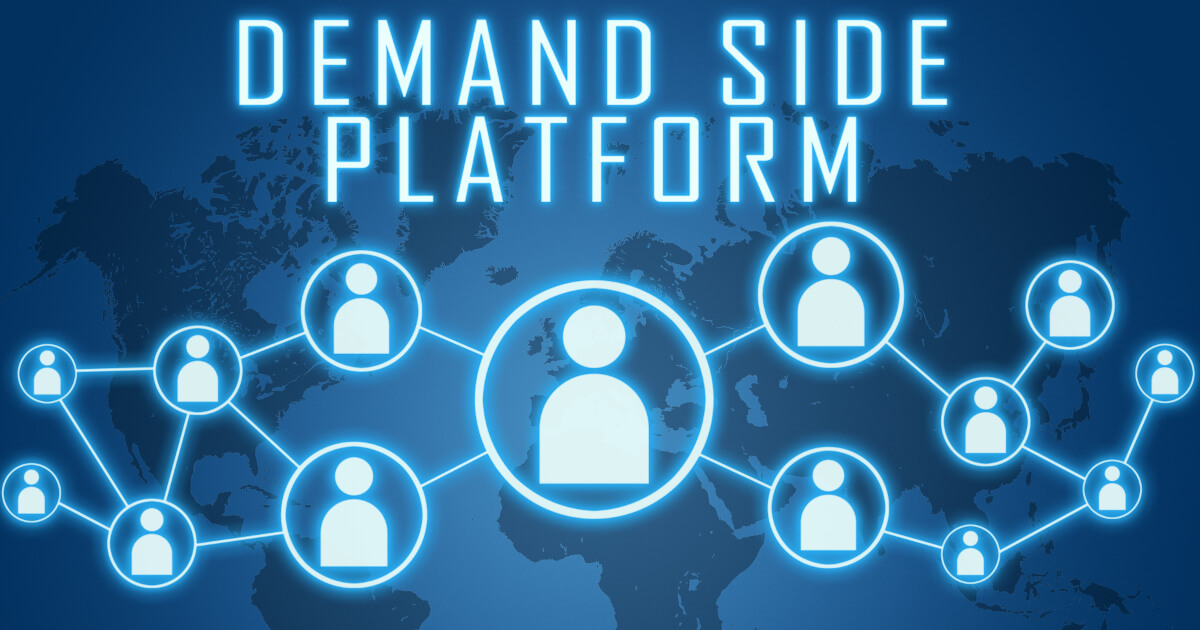Marketing basics: data management platforms
Customer data is worth its weight in gold for any marketer – but only through a data management platform can this information be logically linked and strategically employed for marketing purposes. Data management platforms don’t just organise customer data: they also link data from third parties and so facilitate accurate, target group advertising campaigns.
What is a data management platform?
‘Data management platform’ (DMP) is an online marketing term, or more precisely: the online ad platform that has emerged in connection with real-time advertising. Basically, a DMP is a database that performs the collection and analysis of user data. It stores information that the company gains through its own channels (first-party data). DMPs are seen as a development of a classic data warehouse, because they link first-party data with third-party data.
First-party data
First-party data is data that companies or advertisers collect and own themselves. This includes CRM system data and any information from social media, the customer journey, or e-mail marketing measures.
Third-party data
As its name implies, third-party data is data that advertisers have acquired from third-party sources. For companies that do not cover all distribution channels, data provided by media agencies offers valuable input into a campaign design. This includes information on general surfing behaviour, searches queries, market research, and CRM information of third parties.
Provide user data in real time
Data management platforms form the basis for efficient campaign planning in both display and real-time marketing. By linking first and third-party data, these platforms access huge amounts of data that contain complex information. DMPs don’t just collect this data, they also sort it and analyse user profiles. Every user then receives a specific user ID. Using this, the DMP can incorporate additional data into this user profile, as long as the system recognises it. The ID then becomes traceable across other devices. The data is processed in real time and allows advertisers to reach the exact target audience with corresponding advertising media.
DMP in real-time bidding
Data management platforms form the basis of data-related marketing. The user profiles provided by the DMP can be used to recognise individual users and show ads that match the information gathered for their profiles.
This classic targeted advertising aims to track:
- Definite behaviours like clicks, website visits, or downloads
- The user’s interest
- Demographical or geographical information
In real-time marketing, ads are displayed as soon as a match for them is found and processed. Using the ad exchange, the supply-side platform and the demand-side platform communicate with one another. Before a bid is made on an available ad impression, the data management platform communicates information about the user who is about to see the ad. The DMP can process this information within a few milliseconds. This information provides the basis for deciding whether the ad impression will be bought.
So data management platforms aren’t just there to provide a better understanding of the target market. Through this accurate targeting of ad displays, advertisers can reduce losses and increase their ROI (return on investment).









